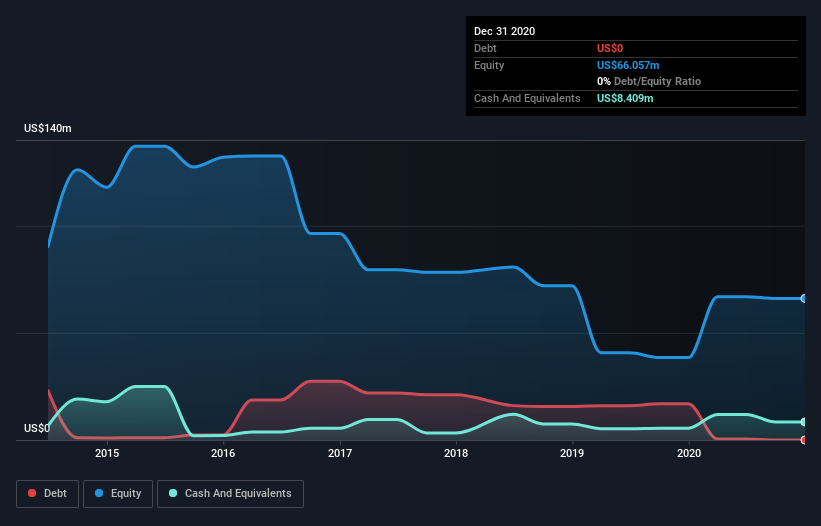We Think Peninsula Energy (ASX:PEN) Can Afford To Drive Business Growth
There's no doubt that money can be made by owning shares of unprofitable businesses. Indeed, Peninsula Energy (ASX:PEN) stock is up 136% in the last year, providing strong gains for shareholders. But while history lauds those rare successes, those that fail are often forgotten; who remembers Pets.com?
So notwithstanding the buoyant share price, we think it's well worth asking whether Peninsula Energy's cash burn is too risky. In this report, we will consider the company's annual negative free cash flow, henceforth referring to it as the 'cash burn'. We'll start by comparing its cash burn with its cash reserves in order to calculate its cash runway.
Check out our latest analysis for Peninsula Energy
When Might Peninsula Energy Run Out Of Money?
A company's cash runway is the amount of time it would take to burn through its cash reserves at its current cash burn rate. As at December 2020, Peninsula Energy had cash of US$8.4m and no debt. Looking at the last year, the company burnt through US$7.8m. That means it had a cash runway of around 13 months as of December 2020. Importantly, analysts think that Peninsula Energy will reach cashflow breakeven in 3 years. Essentially, that means the company will either reduce its cash burn, or else require more cash. Depicted below, you can see how its cash holdings have changed over time.
How Well Is Peninsula Energy Growing?
Peninsula Energy reduced its cash burn by 16% during the last year, which points to some degree of discipline. And considering that its operating revenue gained 40% during that period, that's great to see. We think it is growing rather well, upon reflection. Clearly, however, the crucial factor is whether the company will grow its business going forward. So you might want to take a peek at how much the company is expected to grow in the next few years.
How Hard Would It Be For Peninsula Energy To Raise More Cash For Growth?
Even though it seems like Peninsula Energy is developing its business nicely, we still like to consider how easily it could raise more money to accelerate growth. Companies can raise capital through either debt or equity. Many companies end up issuing new shares to fund future growth. By comparing a company's annual cash burn to its total market capitalisation, we can estimate roughly how many shares it would have to issue in order to run the company for another year (at the same burn rate).
Peninsula Energy has a market capitalisation of US$125m and burnt through US$7.8m last year, which is 6.3% of the company's market value. That's a low proportion, so we figure the company would be able to raise more cash to fund growth, with a little dilution, or even to simply borrow some money.
How Risky Is Peninsula Energy's Cash Burn Situation?
The good news is that in our view Peninsula Energy's cash burn situation gives shareholders real reason for optimism. One the one hand we have its solid cash burn relative to its market cap, while on the other it can also boast very strong revenue growth. One real positive is that analysts are forecasting that the company will reach breakeven. Considering all the factors discussed in this article, we're not overly concerned about the company's cash burn, although we do think shareholders should keep an eye on how it develops. Taking a deeper dive, we've spotted 2 warning signs for Peninsula Energy you should be aware of, and 1 of them can't be ignored.
Of course Peninsula Energy may not be the best stock to buy. So you may wish to see this free collection of companies boasting high return on equity, or this list of stocks that insiders are buying.
This article by Simply Wall St is general in nature. It does not constitute a recommendation to buy or sell any stock, and does not take account of your objectives, or your financial situation. We aim to bring you long-term focused analysis driven by fundamental data. Note that our analysis may not factor in the latest price-sensitive company announcements or qualitative material. Simply Wall St has no position in any stocks mentioned.
Have feedback on this article? Concerned about the content? Get in touch with us directly. Alternatively, email editorial-team (at) simplywallst.com.

 Yahoo Finance
Yahoo Finance 
